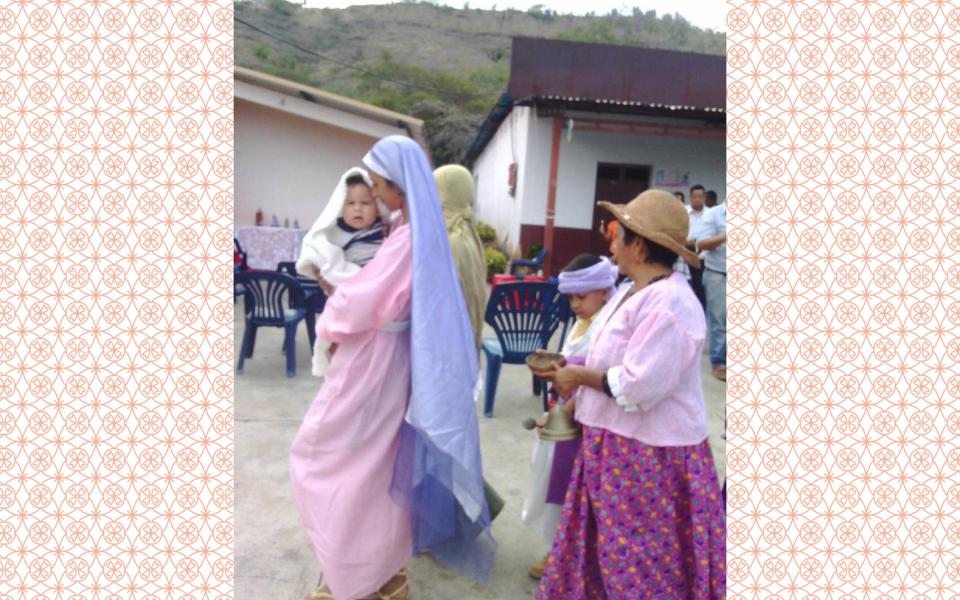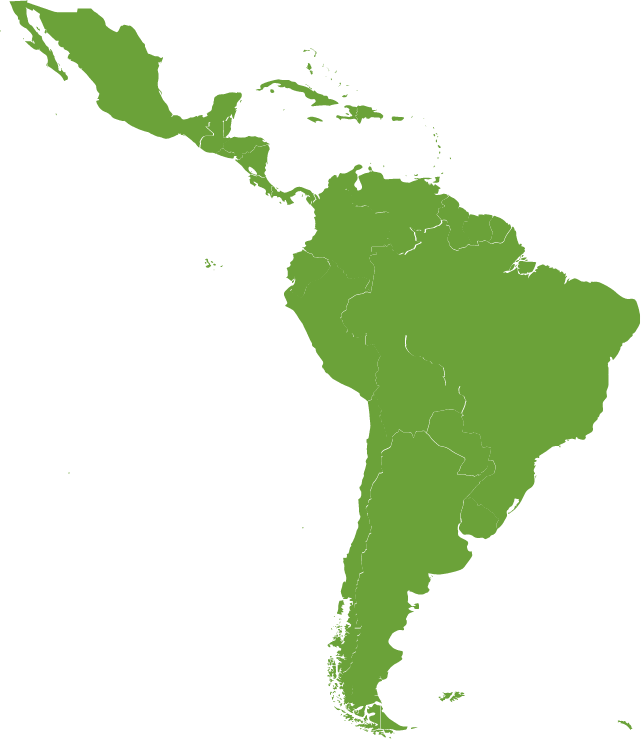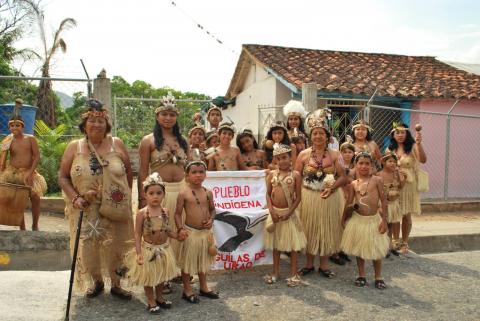
By Adriana Reyes
In the Andean lands, it is customary to celebrate until the first week of the month of February the birth of the baby Jesus. The celebration concludes the holiday season. Friends, neighbors, children, adults and all those known to us are invited to share a moment of music, prayer and petitions.
The image of the baby Jesus is taken through the streets of the town of Lagunillas in Mérida, Venezuela. Children also often dress and simulate the entire family of Jesus of Nazareth processing through the streets, going from house to house.
Then there is an interaction between indigenous people and non-indigenous people. By sharing food, we have learned that "we are happier to give than to receive," says Yelitza Rangel, primary coordinator of Quinaroes Cooperation Circle.
They are also accompanied by people who are not attracted, according to themselves, by any of the religions, but for whom kindness of heart speaks with the actions they have towards the rest of humanity. This is how the week of Interreligious Harmony coincides with a tradition so important for the people of Lagunillas.
One of the important cycles is closed: The birth of the Child God – that being who at one moment wanted to unite us with his actions and from Love teaches us that unity must prevail at all times of our life. It allows us to reflect that we must follow his example, see through the eyes of Love, and share and continue working. Even though some moments are difficult, we will only have peace and harmony if we continue to sow the seeds of goodness. Doing the work of improving ourselves allows us to share the well-being with our fellow humans. It is through communication and sharing that we achieve more than we could think.
See more URI World Interfaith Harmony Week 2018 celebrations here.

